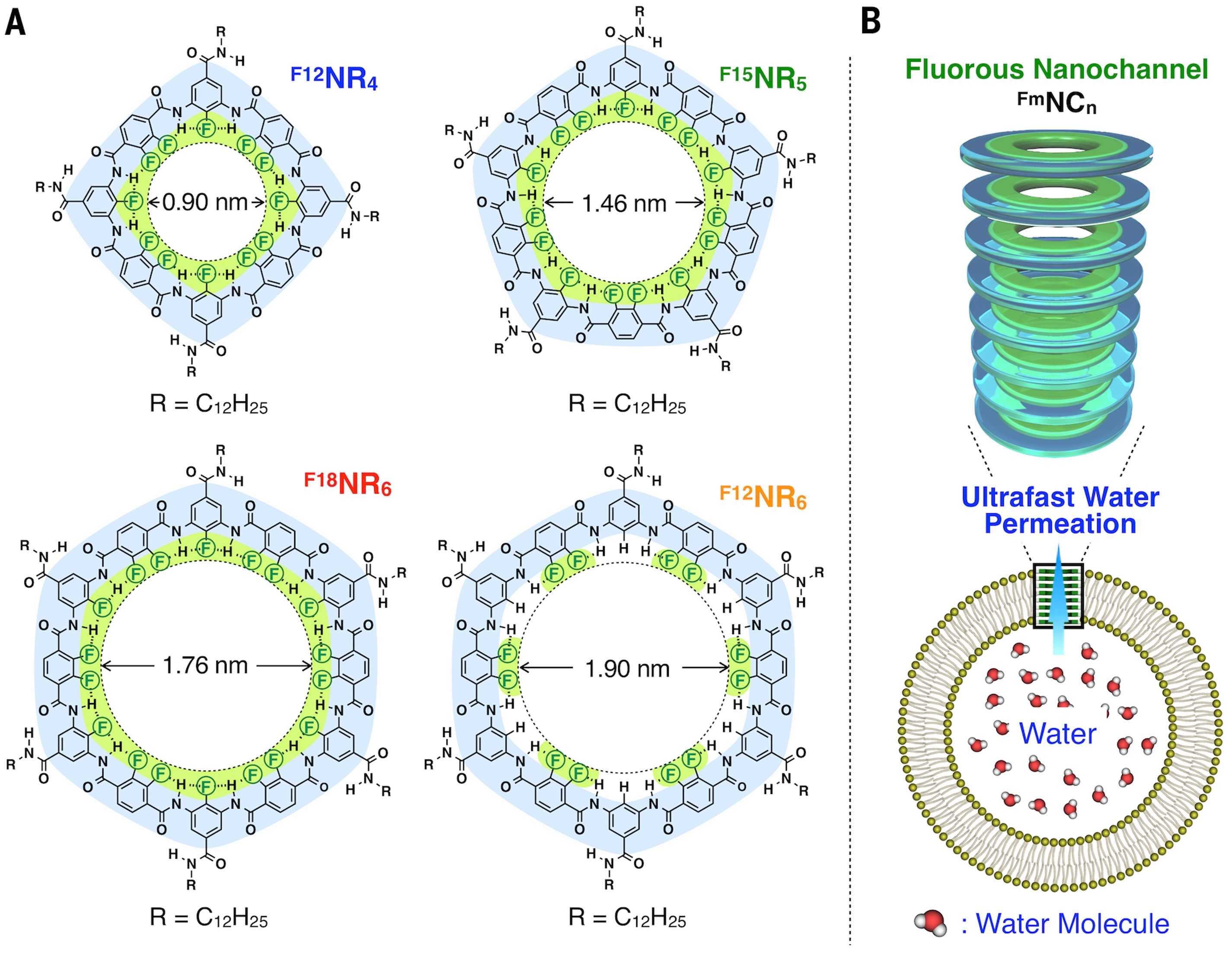Share this
Authors
Shohei Ishikawa, Motoi Kato, Jinyan Si, Lin Chenyu, Kohei Kimura, Takuya Katashima, Mitsuru Naito, Masakazu Kurita, and Takamasa Sakai
Abstract
Four-armed poly(ethylene glycol) (PEG)s are essential hydrophilic polymers extensively utilized to prepare PEG hydrogels, which are valuable tissue scaffolds. When hydrogels are used in vivo, they eventually dissociate due to cleavage of the backbone structure. When the cleavage occurs at the cross-linking point, the hydrogel elutes as an original polymer unit, i.e., four-armed PEG. Although four-armed PEGs have been utilized as subcutaneously implanted biomaterials, the diffusion, biodistribution, and clearance behavior of four-armed PEG from the skin are not fully understood. This paper investigates time-wise diffusion from the skin, biodistribution to distant organs, and clearance of fluorescence-labeled four-armed PEGs with molecular weight (Mw) ranging from 5–40 kg/mol subcutaneously injected into the back of mice. Changes over time indicated that the fate of subcutaneously injected PEGs is Mw-dependent. Four-armed PEGs with Mw ≤ 10 kg/mol gradually diffused to deep adipose tissue beneath the injection site and distributed dominantly to distant organs, such as the kidney. PEGs with Mw ≥ 20 kg/mol stagnated in the skin and deep adipose tissue and were mainly delivered to the heart, lung, and liver. The fundamental understanding of the Mw-dependent behavior of four-armed PEGs is beneficial for preparing biomaterials using PEGs, providing a reference in the field of tissue engineering.
ACS Macro Letters: https://pubs.acs.org/doi/10.1021/acsmacrolett.3c00044
These Related Stories

